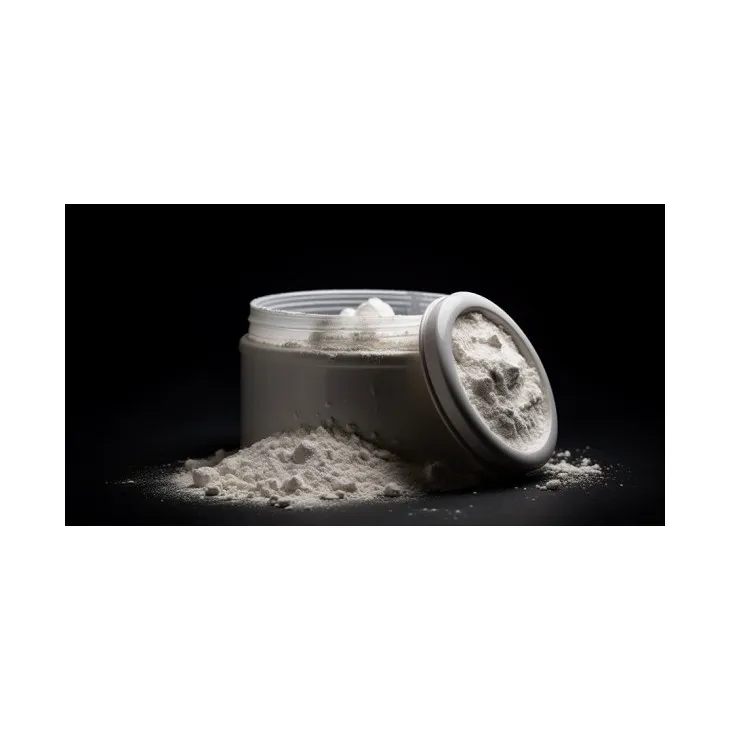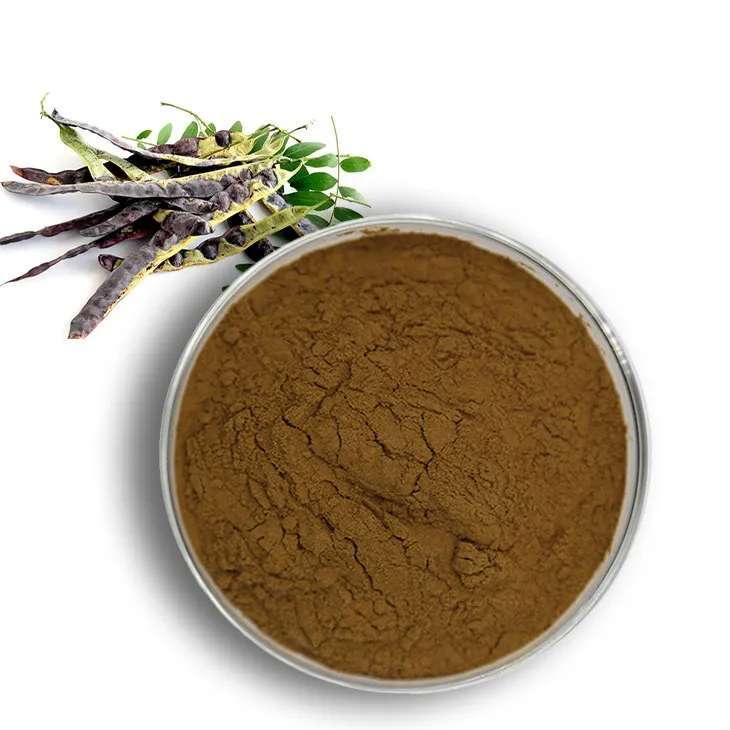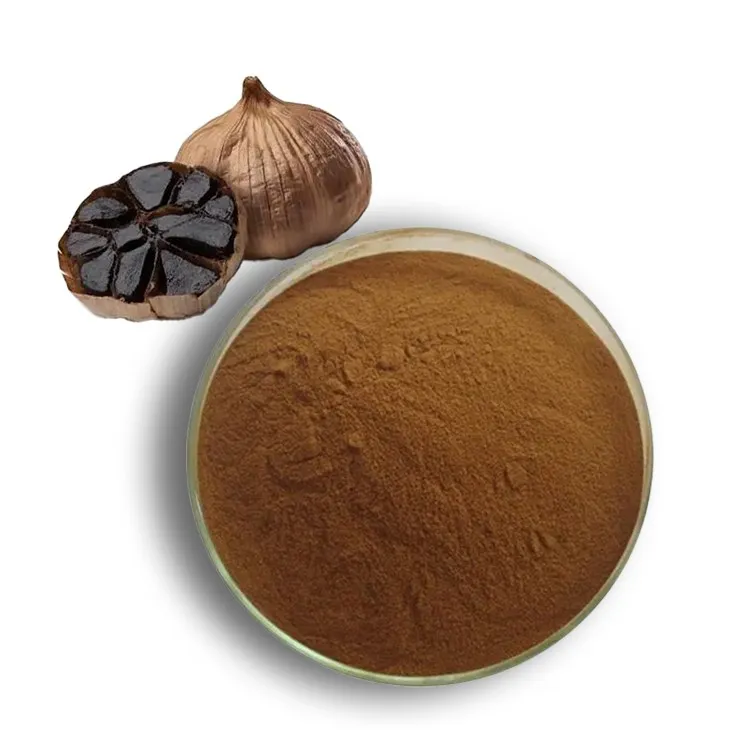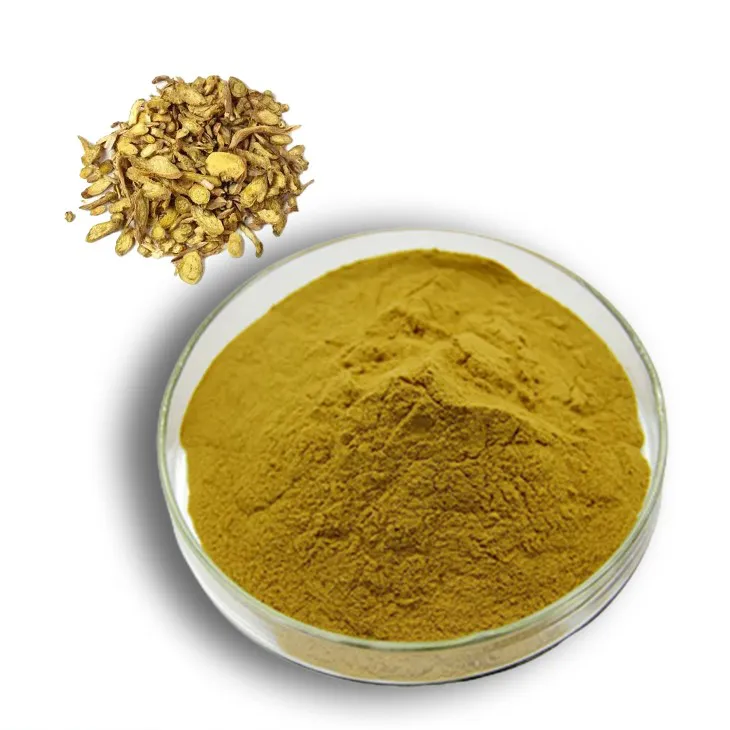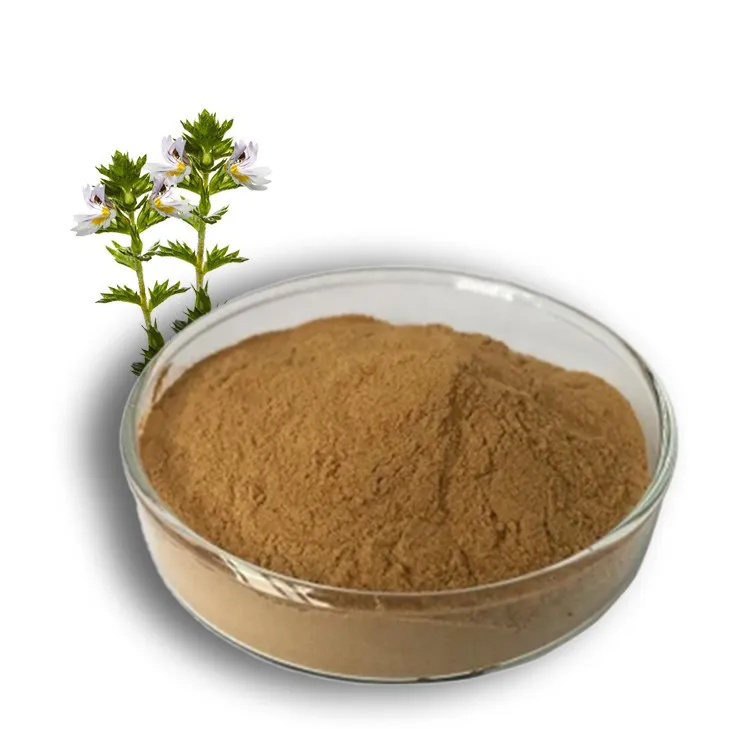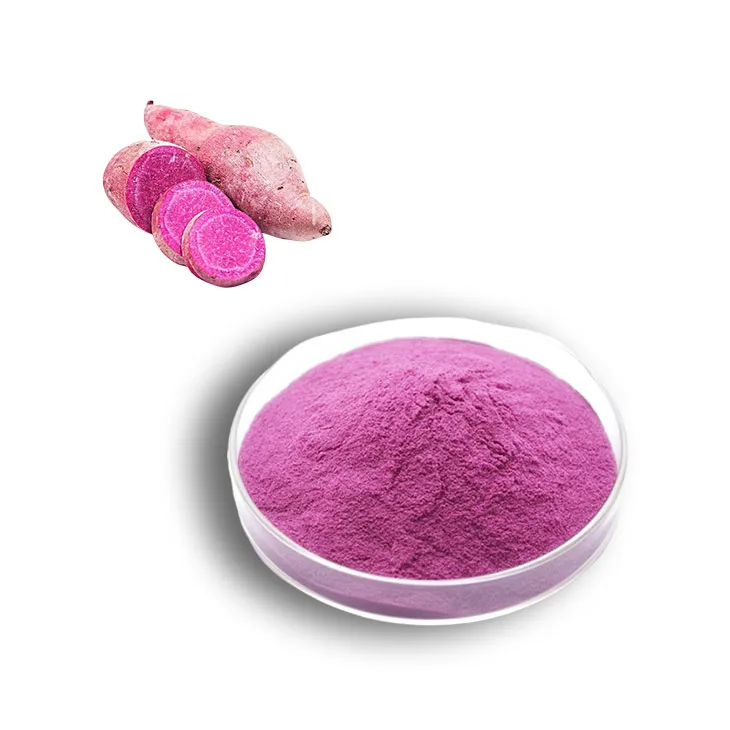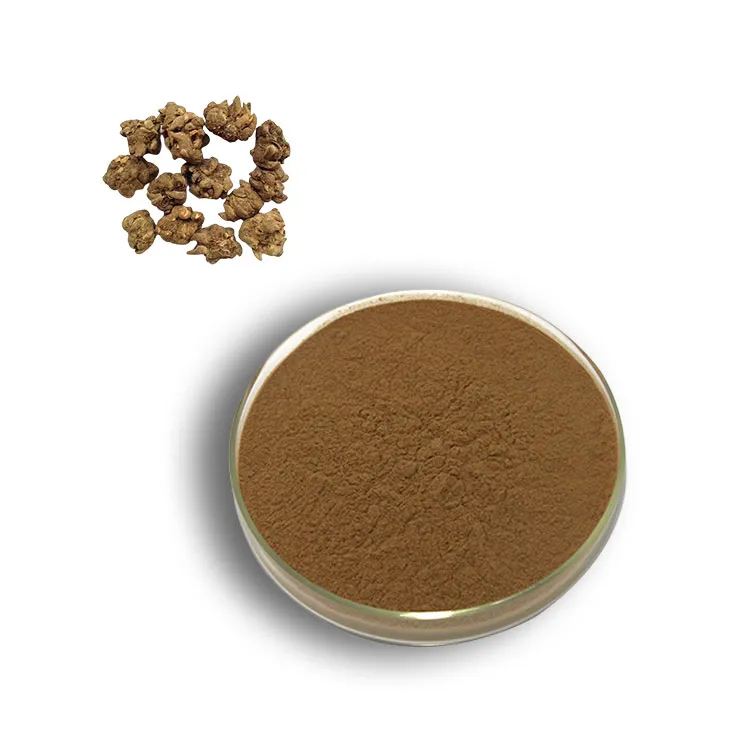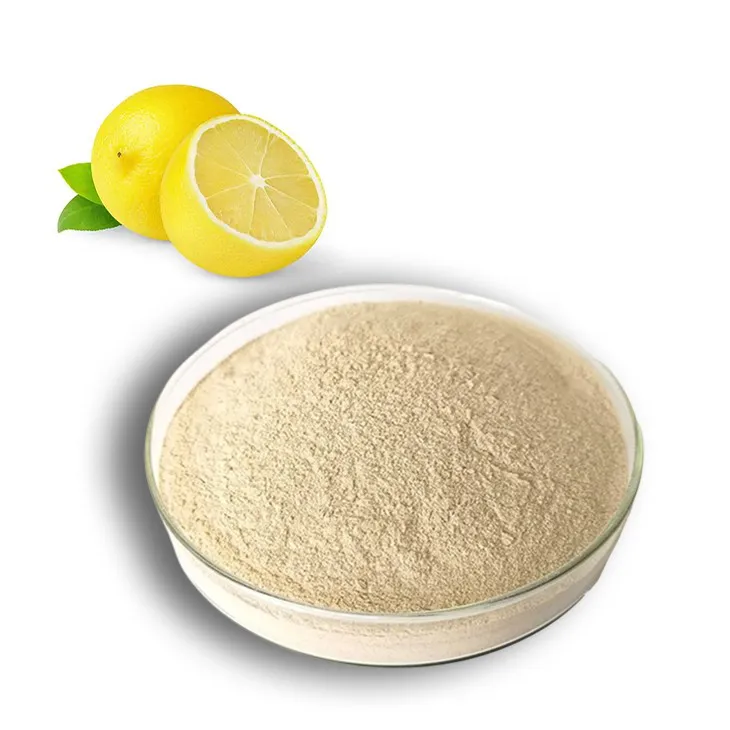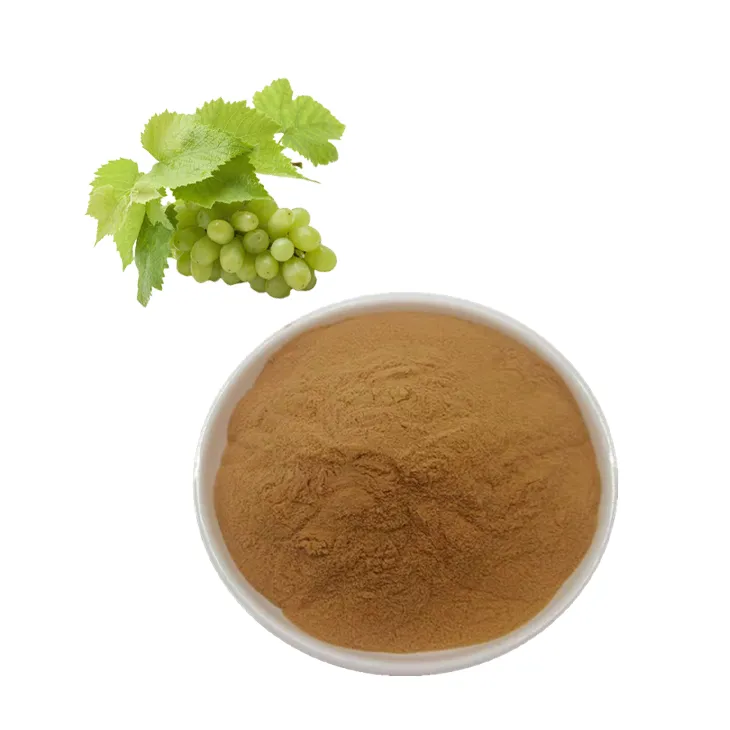- 0086-571-85302990
- sales@greenskybio.com
What foods are high in citrus bioflavonoids?
2025-08-24

Citrus bioflavonoids, naturally occurring plant compounds, are essential for maintaining optimal health due to their antioxidant properties and ability to bolster the body's immune system. As awareness about the benefits of these bioactive compounds increases, understanding which foods are high in citrus bioflavonoids becomes vital for individuals aiming to enhance their dietary intake and overall well-being. This article delves into the top sources of citrus bioflavonoids, how they contribute to health, and the benefits of incorporating them into a daily diet.
Understanding Citrus Bioflavonoids
Citrus bioflavonoids, a group of polyphenolic compounds found in citrus fruits and other sources, are renowned for their capability to boost the body’s health by fighting oxidative stress, reducing inflammation, and improving cardiovascular health. These compounds include Hesperidin, Quercetin, rutin, naringenin, and others. Each of these has specific health benefits that make them indispensable for those pursuing a nutrient-rich diet.
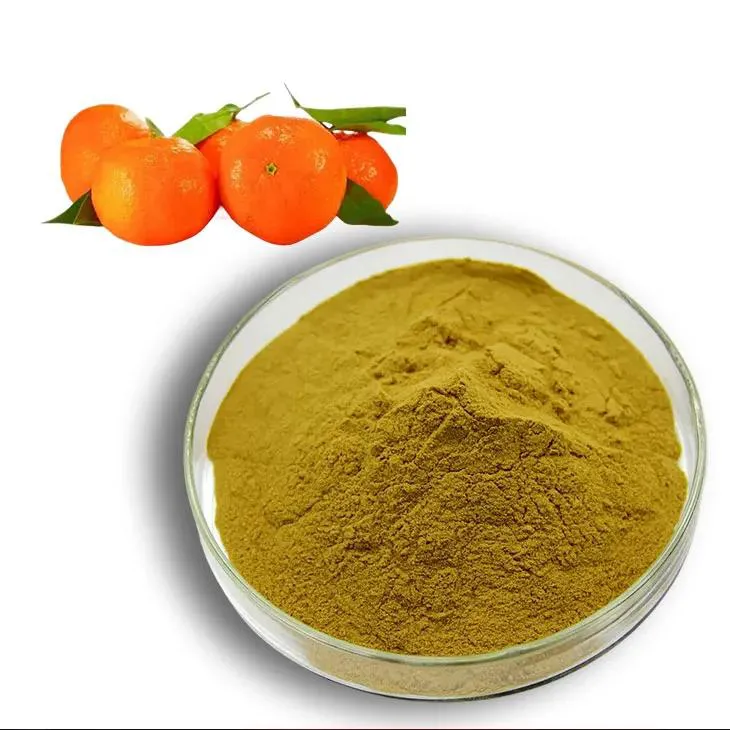
Foods High in Citrus Bioflavonoids
1. Oranges
Oranges are perhaps the most well-known source of citrus bioflavonoids. They are particularly rich in Hesperidin and naringenin, which are concentrated in the pulp and peel of the fruit. These bioflavonoids assist in reducing blood pressure and improving blood vessel function, which makes oranges a heart-friendly fruit. The consumption of oranges, whether as slices, in salads, or as fresh juice, ensures a healthy intake of bioflavonoids alongside their high vitamin C content.
2. Grapefruits
Another member of the citrus family, grapefruit is a major source of naringin, a bioflavonoid known for its cholesterol-lowering effects. Grapefruits are available in various varieties, including pink, white, and ruby red, each with its own specific nutritional advantages. Incorporating grapefruit into a diet can help improve lipid profiles and enhance metabolic function.
3. Lemons
Lemons provide a substantial amount of citrus bioflavonoids, particularly eriocitrin and Hesperidin. These compounds have been linked to strong antioxidant activities, helping to neutralize harmful free radicals in the body. Lemons, often used to enhance flavor in culinary dishes, can also be consumed as a refreshing drink or added to tea, providing a vibrant source of bioflavonoids along with vitamin C.
4. Limes
Limes, similar to lemons, are potent sources of bioflavonoids such as hesperidin, eriocitrin, and Quercetin. Although often overshadowed by their citrus counterparts, limes pack a powerful nutritional punch and are celebrated for their flavonoid content. They can be used to brighten flavors in dishes, in beverages, or as garnishes, ensuring you reap the benefits of their immune-boosting effects.
5. Tangerines
Tangerines and their varieties, such as clementines and mandarins, are delightful sources of bioflavonoids, notably tangeretin and nobiletin. These compounds are valued for their anti-inflammatory properties and their role in promoting cerebral health. By integrating tangerines into snacks or breakfast routines, one can easily increase their intake of these health-supportive compounds.
6. Other Citrus-Inspired Foods
Beyond fresh fruits, citrus bioflavonoids can also be found in by-products of citrus processing, such as marmalades, citrus-infused teas, sauces, and flavored yogurts. These foods retain a portion of the beneficial properties of raw fruits and can be convenient options for diversifying bioflavonoid intake.
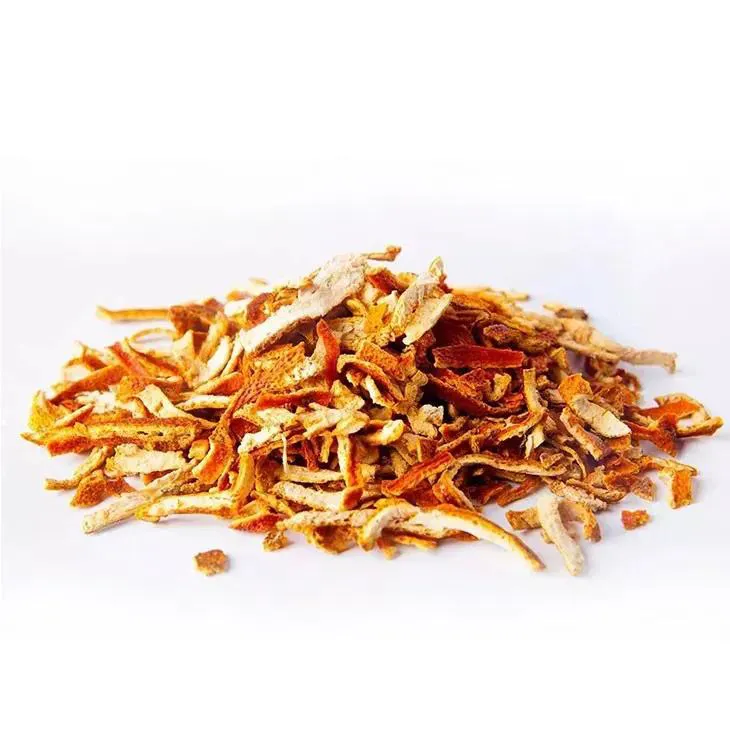
Health Benefits of Citrus Bioflavonoids
Incorporating foods high in citrus bioflavonoids into the diet is linked to numerous health benefits. Notable among these are:
1. Antioxidant Effects
Citrus bioflavonoids protect cells from oxidative damage, which is a major contributing factor to aging and chronic diseases, including cancer and neurodegenerative diseases. By neutralizing free radicals, they maintain cellular integrity and function.
2. Cardiovascular Health
Bioflavonoids like hesperidin and naringin promote blood vessel health by enhancing the function of endothelial cells and reducing arterial stiffness. They are beneficial in lowering blood pressure and reducing the risk of cardiovascular disease.
3. Anti-inflammatory Properties
Flavonoids possess anti-inflammatory abilities that can help mitigate the effects of chronic inflammation, a well-known risk factor for conditions like arthritis, diabetes, and heart disease.
4. Immune System Support
With their strong antioxidant capabilities, citrus bioflavonoids bolster the immune system, helping fend off infections and boosting resistance against illnesses.
5. Improved Circulation
Certain bioflavonoids improve circulation by strengthening the walls of blood vessels, which can prevent issues such as varicose veins and hemorrhoids.
6. Enhanced Skin Health
Due to their antioxidant content, citrus bioflavonoids contribute to improved skin health by promoting collagen production, which combats signs of aging and helps in the repair of damaged skin.
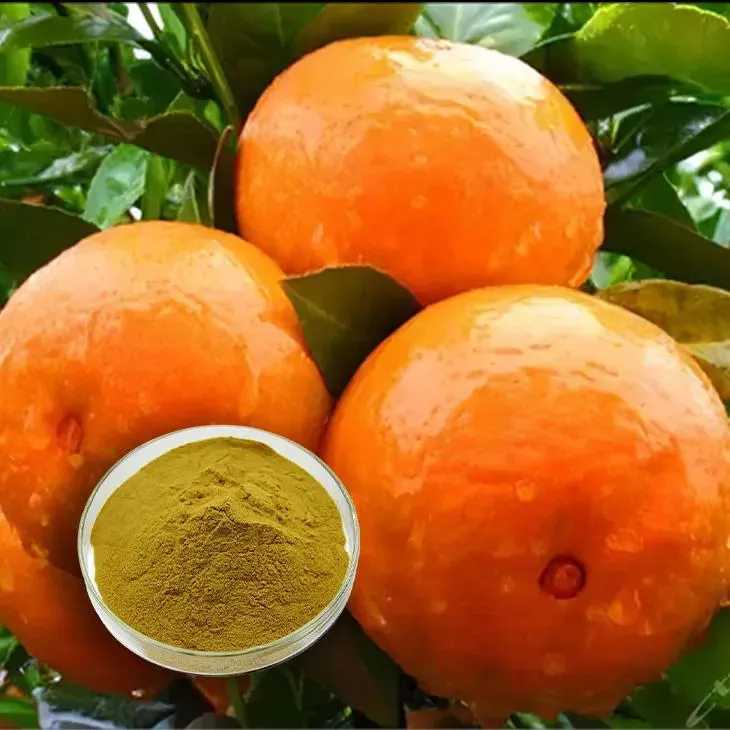
Incorporating Citrus Bioflavonoids into Your Diet
To take full advantage of the health benefits offered by citrus bioflavonoids, it’s essential to incorporate a diverse range of citrus fruits into the diet. Here are some practical tips:
1. Mix Fresh and Processed Sources
While fresh fruits are optimal, including citrus-infused products like snacks or beverages can help maintain variety and interest in the diet.
2. Integrate into Meals
Adding citrus fruits to salads, cereals, and yogurt can enhance flavor while ensuring a significant intake of these beneficial compounds.
3. Experiment with Beverages
Freshly squeezed juices, smoothies, or herbal teas with citrus highlights are great ways to consume bioflavonoids in liquid form.
4. Include the Peels
The peels of citrus fruits contain higher concentrations of bioflavonoids, so incorporating zest into recipes such as dressings, marinades, or desserts can be highly beneficial.
5. Aim for a Colorful Plate
Diversity in fruit and vegetable intake often parallels nutrient diversity, which is key to maximizing health benefits.
Conclusion
Foods high in citrus bioflavonoids are readily accessible and provide a host of health benefits that support the body’s fundamental systems. By understanding which foods are rich in these compounds and how they can be creatively included in meals, individuals can enhance their dietary patterns, paving the path to enhanced health and longevity. As research continues to reveal the far-reaching benefits of citrus bioflavonoids, their importance in the human diet becomes ever more apparent, guiding us towards a healthier lifestyle that celebrates the bounty of nature.
- ▶ Hesperidin
- ▶ Citrus Bioflavonoids
- ▶ Plant Extract
- ▶ lycopene
- ▶ Diosmin
- ▶ Grape seed extract
- ▶ Sea buckthorn Juice Powder
- ▶ Fruit Juice Powder
- ▶ Hops Extract
- ▶ Artichoke Extract
- ▶ Mushroom extract
- ▶ Astaxanthin
- ▶ Green Tea Extract
- ▶ Curcumin
- ▶ Horse Chestnut Extract
- ▶ Other Product
- ▶ Boswellia Serrata Extract
- ▶ Resveratrol
- ▶ Marigold Extract
- ▶ Grape Leaf Extract
- ▶ New Product
- ▶ Aminolevulinic acid
- ▶ Cranberry Extract
- ▶ Red Yeast Rice
- ▶ Red Wine Extract
-
Aminolevulinic acid
2025-08-24
-
Saponin Extract
2025-08-24
-
Black Garlic Extract
2025-08-24
-
Baicalin
2025-08-24
-
Eyebright Extract
2025-08-24
-
Purple Sweet Potato Extract
2025-08-24
-
Quercetin
2025-08-24
-
Cat Claw Extract
2025-08-24
-
Lemon Extract
2025-08-24
-
Grape Leaf Extract
2025-08-24











